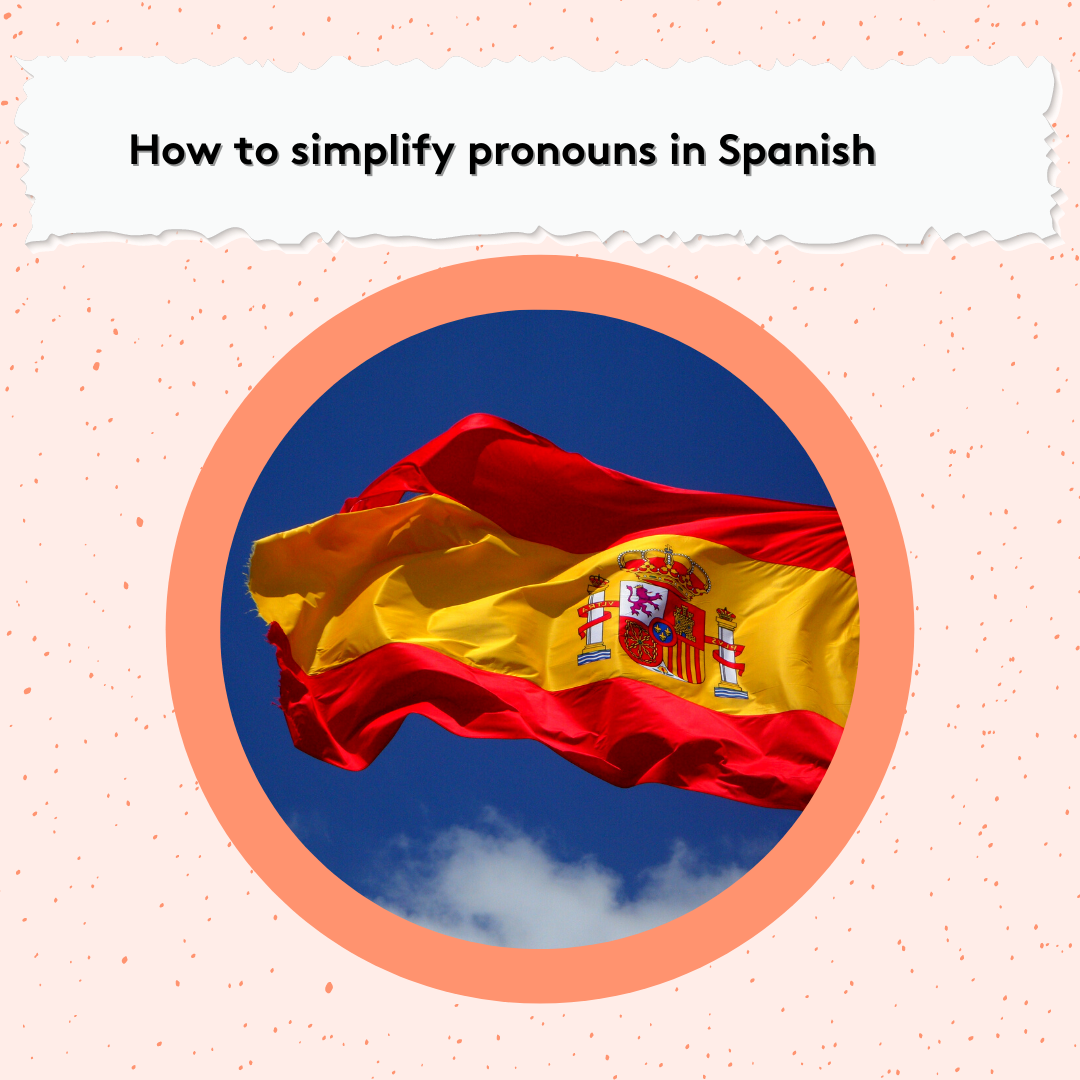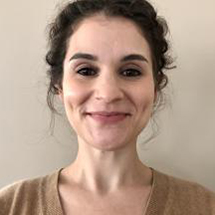 Direct and indirect object pronouns often trip up students of Spanish. But identifying objects and using pronouns can be simple, if you know how to break down a sentence. Let’s look at this through an example!
Direct and indirect object pronouns often trip up students of Spanish. But identifying objects and using pronouns can be simple, if you know how to break down a sentence. Let’s look at this through an example!
For direct object pronouns:
I play the guitar.
Toco la guitarra.
First, identify the verb and ask yourself who does that action. Who plays the guitar? I do because “I” and “play” go together. Since “I” is the subject that goes along with the verb, “I” is unlikely to also be the object of the same sentence (unless I’m playing the guitar for myself).
What about the rest of the sentence? The only thing left is “the guitar.” To identify a direct object, ask yourself who or what the verb is referring to. What do I play? I play the guitar. So, the guitar is the direct object. In Spanish, then, “yo” is the subject and “tocar” is the verb (“toco”). The direct object is “la guitarra.”
Let’s say we already know we’re talking about a guitar and don’t want to repeat that word. We want to say, “I play it,” where “it” is referring to the guitar. This is where pronouns come in. The most common direct object pronouns in Spanish are:
- lo: for something masculine and singular, like “el libro”
- la: for something feminine and singular, like “la guitarras
- los: for something masculine and plural, like “los bizcochos”
- las: for something feminine and plural, like “las casas”
The less-commonly used direct object pronouns are:
- me (me)
- te (you)
- nos (us)
- os (you all)
Since “la guitarra” is feminine and singular, we’ll use the pronoun “la.” We’re done with the word “guitarra” now, because it’s being replaced by its pronoun. That means that the elements we have in this sentence are “toco” (subject and verb) and “la” (direct object pronoun). The only thing left to do is put these two components in the correct order: pronoun, then conjugated verb:
La toco.
For indirect object pronouns:
Sometimes, in addition to a direct object, there is also an indirect object. For example:
I play the guitar for you.
Toco la guitarra para ti.
The indirect object answers the question “to/for whom?” or “to/for what?” Here are the indirect objects and their corresponding pronouns:
- me: a/para mí (to/for me)
- te: a/para ti (to/for you [informal])
- nos: a/para nosotros (to/for us)
- os: a/para vosotros (to/for you all)
- le: a/para él, ella, usted (to/for him, her, you [formal])
- les: a/para ellos, ellas, ustedes (to/for them, you all)
If you are using a first or second person pronoun (me, te, nos, or os), you don’t need the indirect object, because those pronouns can only refer to certain people. For example, in the sentence “Te traigo la bandeja” (“I bring you the tray”), “te” could only refer to “you.” However, if you use a third person pronoun (“le” or “les”), you may want to include the indirect object as well to clarify what you’re saying. For instance, in the sentence “Le traigo la bandeja,” it’s unclear to whom I am bringing the tray. It could be to my mother, to my friend Samuel, or to any number of third person singular indirect objects. I can clarify by stating, “Le traigo la bandeja a Samuel.”
So, if we go back to our original sentence, we can replace “la guitarra” with “la” and “para ti” with “te.” To rephrase this sentence, we put the pronouns first—indirect and then direct—followed by the conjugated verb.
Te la toco.
As you can see, once you’ve identified the subject, verb, and direct/indirect nouns, you can simply replace those objects with their corresponding pronouns and put the elements in the correct order. Pronouns don’t have to be difficult!
There’s a good reason Spanish is the most-taught second language in America: it’s by far the most useful. Whether it’s for school, business, travel, or simply for everyday life, Spanish rewards anyone willing to put in the effort to learn it. And with the right teacher, learning it can be a breeze! That’s where Cambridge Coaching comes in. We offer customized private Spanish tutoring at all levels, from the newest beginners to the most advanced speakers. Our Spanish tutors are exceptional teachers - they are PhD candidates and teaching fellows at NYU, Columbia University, and Harvard University, published authors, and language professionals. Tell us about your goals, and we’ll help you get there in no time.
What’s That Sound?: Diphthong (Diptongo), Hiatus (Hiato), and Understanding Spanish Syllables
The Language Tutor: Everyday Immersion
The Language Tutor: Doubt Not the Dictionary


Comments